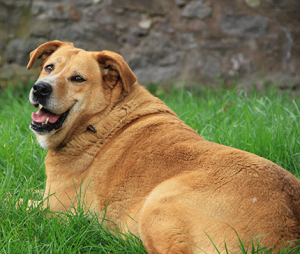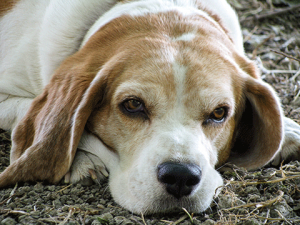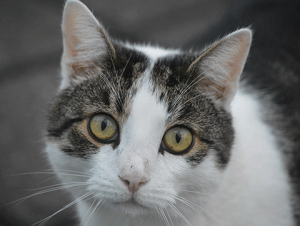Veterinary nurses play a large role in helping and advising pet owners with the care and well-being of their animals. We are proud of our veterinary nursing team at Goddard Veterinary Group, and the passion they have for the health of your pets. Part of that role includes advising on preventative healthcare – keeping your pets in the best health before problems arise.
Diet
There are so many diets on the market for pets it is really difficult to know where to begin! Our nurses can advise you on the best diets for your pet’s specific breed, age and the recommended feeding amount.
If your pet is overweight and should ideally be fed a smaller amount or given a calorie reduced diet, our nurses will be happy to advise and weigh them. They can further advise on maintaining their weight, when they reach their target.
Preventing obesity in pets can help lengthen their lives and dramatically reduce the risk of heart disease, diabetes and joint pain, among other conditions.
Fleas and worms
Almost every pet will end up with these critters at some point in their lives. Preventing them is much better than having your pet playing host to them. If you suspect your pet has fleas for example, our nurses can take a look at their coats and search for tell-tale signs.
Worms, of course, are a lot more difficult. However, there are symptoms that can point to a worm problem. Goddard’s veterinary nurses can explain the life-cycle of these parasites, and the best ways to avoid having both your pet and your home infested with them.
When it comes to fleas and worms it really is worth preventing them – the cost of treating a skin condition caused by fleas for example, far outweighs the price of flea treatment!
Vaccinations
Although it is our vets that vaccinate your animals, our nurses can give you advice and guidance on the types of diseases that pets can be vaccinated against. No one wants to have a pet with a potentially life-threatening disease, and vaccination can prevent that from happening.
Nails
It is our senior pets that we find can have a problem with their toenails, simply because they won’t tend to wear them down as easily as younger pets. Senior pets are normally less active, often choosing softer ground to walk on, whereas a puppy that tears about on all types of ground will have a pedicure naturally! This is why preventing nails from overgrowing and making your pet uncomfortable is important. Our nurses can check your pet’s toenails and trim them if necessary.
It’s not just dogs either, cats too can have this problem especially if they have gone off using the scratch post. Our nurses will also make sure the dew claws are a comfortable length, in extreme cases these can curl around and dig into the pad, even leading to infection.
Microchipping
As of April 2016 all dogs over age of eight weeks in the UK, are required by law to have a microchip. These tiny devices, about the size of a grain of rice, can help you and your pet to be reunited if they happen to get lost. A microchip is also a requirement for a pet passport.
No responsible owner would want to lose their pet and our nurses can help advise about microchipping, preventing this from happening. At present there is no law about cats being microchipped, but we strongly advise this is well – in fact almost any animal species could be microchipped!
One thing you may hear our nurses and vets reiterate, is keeping your contact details up to date for the microchip, especially if you move home!
Teeth
Our nurses can give all sorts of advice about preventative health when it comes to your pet’s teeth. From brushing techniques to dental products, they can help advise on keeping your pet’s teeth pearly white. Dental health is very important as poor teeth can affect other parts of the body, including major organs, through infection and toxins in the bloodstream.
Pets even at the age of 4-5 years can start to suffer with dental disease, so it’s very important to get the advice as early as possible on helping to keep their teeth sparkling!
With advice from our team of nurses (and vets) on preventative health, your pets can really benefit. Be sure to ask us if any health aspect of your pet worries you — we’ll be happy to help.
Don’t forget Goddard Veterinary Group’s healthcare plan, ProActive Pets. The scheme provides discounts on your pet’s preventative healthcare, allowing you to spread the cost throughout the year.



